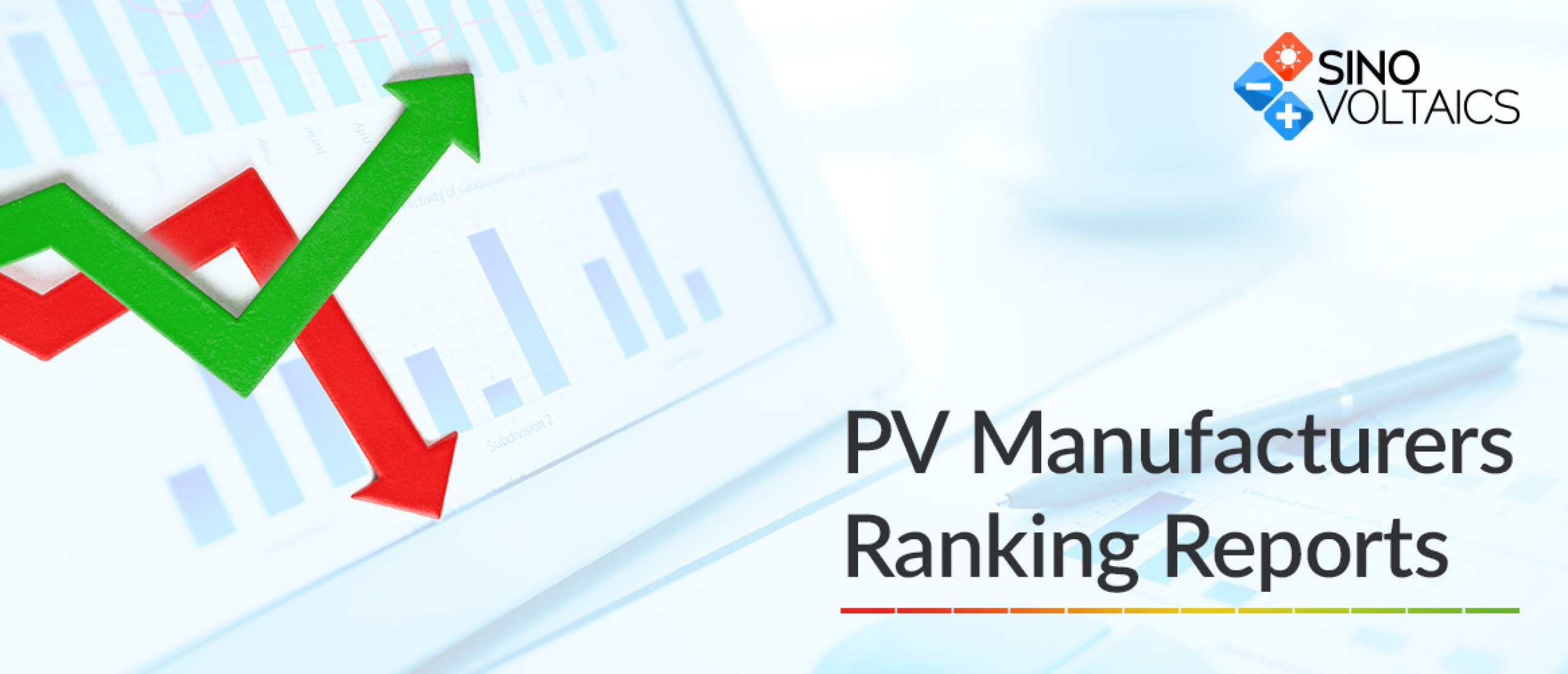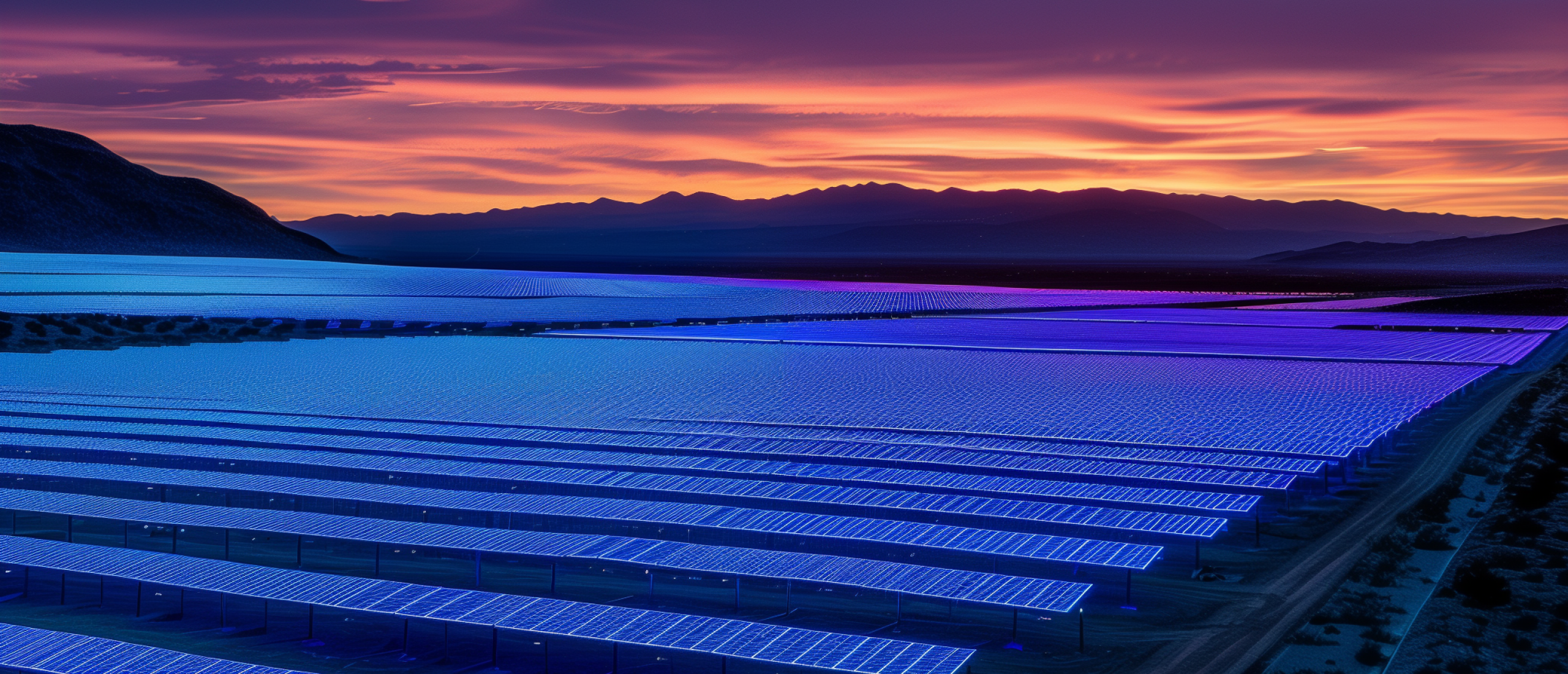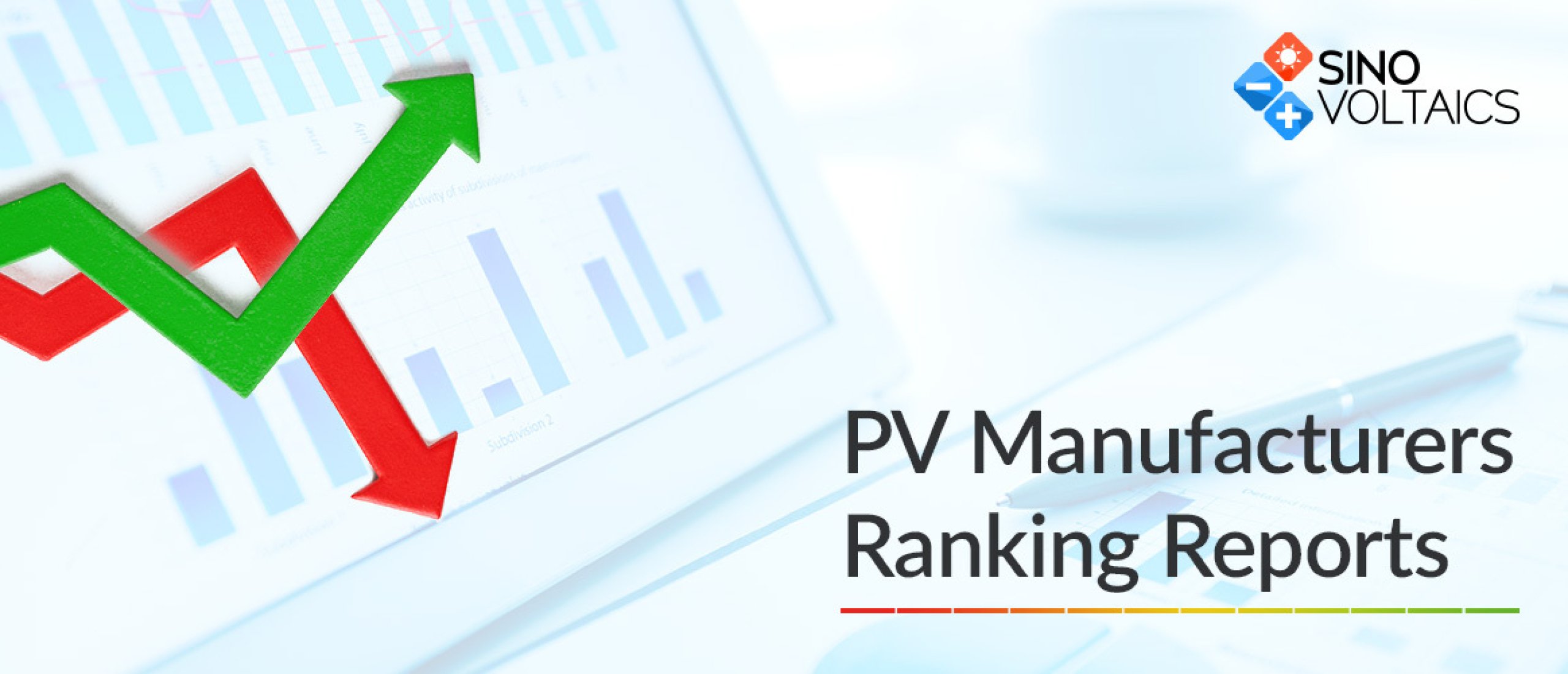Silicon (Si) Solar Cells
Currently silicon (Si) solar cells dominate over 75% of the solar panel market. There are good reasons for that, because silicon has major advantages compared to other solar cell technologies. The major advantages are:
Advantages silicon solar cells
- Silicon (Si) is very well understood. Silicon is already widely used for semi conductors in the computer industry. Therefore massive amounts of research have been done on silicon. A lot of technology that we currently use to make silicon solar cells are ‘borrowed’ from the computer industry. Think about methods of making wafers, doping, patterning and making electrical contacts.
- There’s an abundance of Silicon (Si). Silicon can simply be won from SAND! It is one of the most abundant elements available on earth. This is an extremely important point when solar energy will fulfill a decent portion of the energy needs on earth. We need a lot of it!Some other cell technologies, such as CdTe Thin Films (First Solar) do not have the advantage of using elements that are widely available. In fact Telluride (Te) is as scarce as gold and could thus be a constrain when larger production quantities are needed.
- Silicon is stable and not toxic. Silicon solar cells de-grade slowly and last well over 25 years. When silicon cells de-grade it’s not even the silicon that is affected, it’s the electrode on the cells.
Acceptable efficiency Si
With a band gap that is not far from the optimal value, silicon solar cells reach an efficiency of up to 25% in the lab. Even though average production efficiencies are lower (16-17%), silicon solar cells have the potential to reach at least 20-23% efficiency which is considered acceptable in the industry.
Highest manufacturing efficiencies are currently achieved by company Sunpower. Sunpower uses a unique silicon solar cell design: the cells have the rear point contact on the back, which reduces losses.
Thickness of Silicon solar cells
A major way to reduce manufacturing costs of silicon solar cells would be to reduce the thickness of the silicon wafer. The thickness of silicon solar cells is on average 180 um. About 10 years ago silicon solar cells were made with a thickness of around 300um.
So how thin can we make a silicon solar cells?
Theoretically a 50um silicon solar cells still absorbs most of the light, which means we can cut the silicon material costs with over 60%! However the reason why manufacturers still produce 180um silicon solar cells is because they will have breakage problems during production.
Especially during soldering, 50um silicon solar cells would simply break because of the pressure of the soldering iron.
Reflectivity problems
Typically solar cells reflect a large portion of light, which makes anti-reflectives (AR) a necessity. The reflectivity of silicon solar cells is around 30%!
Reflectivity of different cell materials:
Si – 30%
Ge – 36%
GaAs – 32%
SiO2 – 3.5%
Typical organic semi conductors – 5-11%





